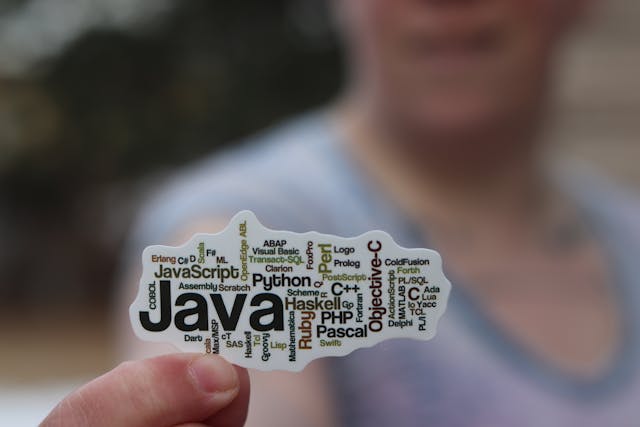A Visual Era: How MMS Messaging Can Amplify Social Media Campaigns
Marketers are always looking for the newest and most innovative way to communicate with their customers and discuss their products. One recent method of marketing that has become popular is the multimedia message service (MMS). An MMS campaign can use multiple forms of media to deliver a sophisticated message that users have a high chance of remembering and acting on.
Table of Contents
What is MMS messaging?
What is MMS messaging? A multimedia message service is a service that allows one user to greatly expand the short message service (SMS) and send several types of messages. These messages may be long blocks of text, images, audio snippets, or even short video segments. MMS campaigns involve sending links, images, and videos to hundreds or thousands of users.
All of these messages are sent out in waves and may be the same or customized to users’ particular needs. They are submitted over a period of weeks or months and are often combined with a large number of posts on traditional social media services. The tailored MMS messages are meant to reinforce the brand and audience communication that was originally established on social media sites and can be viewed at any time by the broader public.
How does it help social media campaigns?
MMS messaging can greatly amplify a social media campaign. This form of messaging improves upon the already-effective approach of email marketing. Instead of sending pictures or videos into an inbox, a marketing company can send these media files directly to users’ phones. Often, a user signs up for MMS messaging while at a store or buying a product.
They consent to receive all kinds of messages, some of which may be MMS messages. These messages often contain images that display an advertisement or some sort of offer for a product or service. Videos may be embedded, and they may either play automatically or when a user chooses to play them.
Benefits and downsides
One of the clearest benefits of MMS messaging is the attention that it can command from its users. These users are alerted whenever they receive a message and may quickly absorb a considerable amount of information when it pops up on their phones. In some instances, MMS messaging can deliver a number of ads and maximize the attention paid to them by a user.
They can do this in a relatively inexpensive way for the company. A large MMS service may reach thousands of people for only a fraction of the cost of an advertisement on television or on a high-traffic website. The company’s ability to tailor these messages also greatly aids the ad campaign’s effectiveness.
This attention can be a downside of MMS messaging. These messages can capture a person’s attention even when they do not want to be focused on an ad. Videos that play automatically and images that download automatically can drain users’ batteries and cellular data plans.
In some instances, videos that are poorly formatted and campaigns that are not well-planned can lead to videos that turn on and play sound at inopportune times. The potential result is an ad campaign that alienates users and turns them away from a product.
What to do
Companies that may not know what MMS messaging is have to be careful when implementing their social media strategies. They must pick out their demographic and focus closely on this group.
People who are receptive to MMS messages are likely already interested in the broad category of products that a client is selling. They should be targeted and shown a regular, consistent number of messages. Users should not be bombarded with messages at all hours of the day. Instead, the campaign must be carefully and competently scheduled to have the greatest impact with the lowest amount of overhead.
Campaigns should also be carefully and tastefully designed. An MMS service must not exceed the technological capabilities of the marketer. They should reinforce a company’s brand while ensuring that the company can adequately communicate its message to the public. By taking these careful steps, companies can make MMS messaging one of the cornerstones of their social media campaign strategies.









